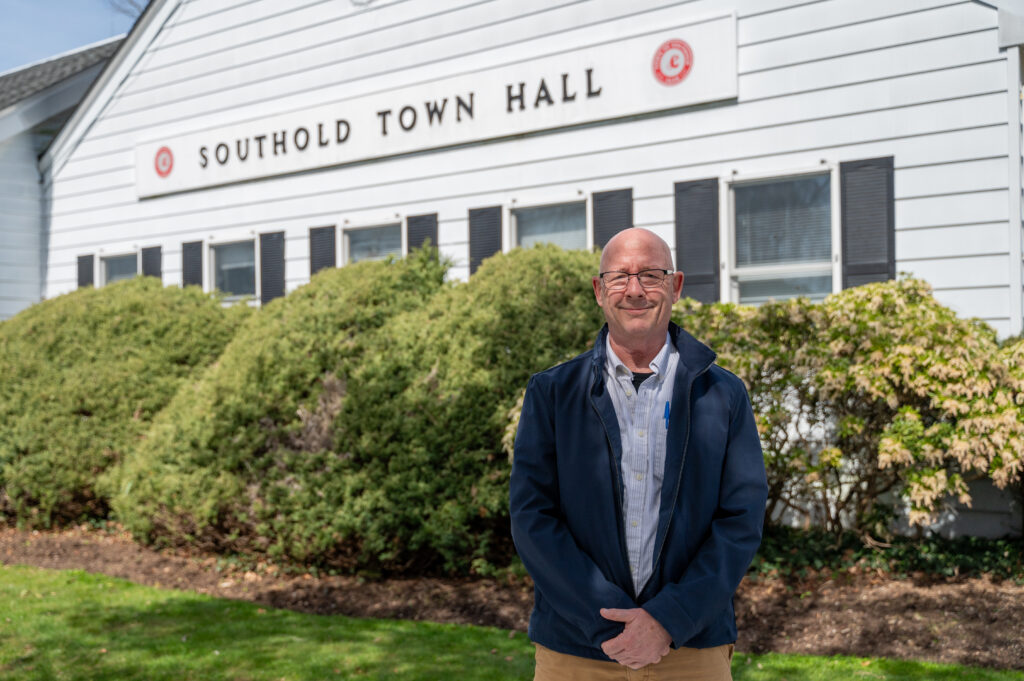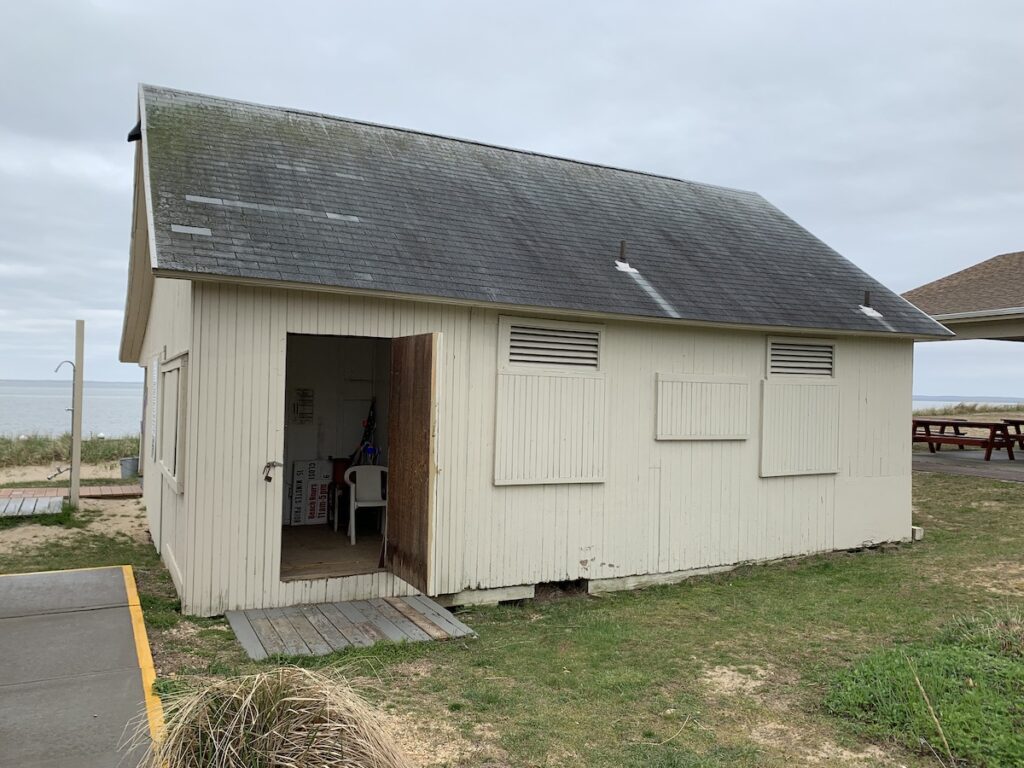‘Night of survivors’ revisits shootings

Over 100 first responders and other community members gathered in the Mattituck High School auditorium Friday evening for a forum on mass shooting incidents.
Firehouse Training Plus, which coordinated both Saturday’s mass casualty incident response training for first responders at the school and last year’s training at Greenport High School, organized the event. Dubbed the “night of survivors,” the evening featured two civilians and three first responders who discussed events they experienced and their ensuing struggles.
Kicking off the evening was Kevin Reilly from the emergency training firm Command Logic 360, which partnered with Firehouse Training Plus, for the Friday and Saturday events. He invited the speakers to share firsthand memories from the incidents in which they were involved. The details they offered ranged from the horrific to the heroic.
“Sometimes people will ask me what the theater was like,” said Mike Hawkins, a former police sergeant who responded to the 2012 movie theater shooting in Aurora, Colo. “What I liken it to is the movie ‘Saving Private Ryan.’ It was like being a medic on Omaha Beach, it was that level. And [as first responders] you need to prepare yourselves for sights and sounds like that.”
By the time all five speakers had answered just the first question, approximately an hour had passed, during which audience members could have heard a pin drop. Among the messages they delivered were the need for first responders to work together quickly when such crises occur and the urgency to get EMTs on the scene once the shooter is neutralized to save as many lives as possible.
First to speak was Kim Woodruff, who survived the 1999 Columbine High School massacre. She touched on the fate of a teacher, Dave Sanders, who she said “ended up dying in a classroom because first responders weren’t allowed in at that time.”
“My shooting was the training ground,” she added. “If we can get people to help fast enough we can save lives.”
“It took [Mr. Sanders] several hours to bleed out; he was savable,” Mr. Reilly added. “In a lot of these events, be it a shooting or a bombing, upwards of 25% of these victims are savable. They end up bleeding out.”
The next to speak were Farrah Soudani and Mr. Hawkins, who recounted their experiences during the Aurora movie theater shooting. Ms. Soudani, an audience member in the theater, was shot in her abdomen and her calf. With no ambulance available, she was taken to the hospital in the back of a squad car. She said she was thankful that those on the scene improvised to get her the medical attention she desperately needed. She also shared her treacherous journey to physical and emotional recovery, no holds barred.
Mr. Hawkins then shared his perspective as a responding officer to the incident, addressing first responders in the room directly.
“As first responders, if you haven’t already, you need to start mentally preparing for this day,” Mr. Hawkins said. “I was already a pretty tenured and experienced police officer. I had already seen my fair share of trauma and drama, homicides, accidents, all the unfortunate things we do to one another … the theater, though, was really over the top.”
Next up was Brian Murphy, the first officer on the scene during the shooting at Sikh temple in Oak Creek, Wisc., in 2012. He was shot 15 times.
The fifth panelist, Bernie Meehan, was one of three paramedics who entered Sandy Hook Elementary School immediately after the 2012 shooting. He and his peers decided to remain in the building for seven hours instead of calling in a relief team. Everyone in the building was “beyond help,” he explained, and they did not want anyone else — especially anyone younger and less seasoned — to witness the scene.
“There are certain things you cannot prepare yourself for,” Mr. Meehan said. “Any EMS person or fire person, somebody always invariably asks: ‘What’s the worst thing you’ve ever seen?’ Well, you don’t want to know, you just don’t. This is about as much as I have talked about this since that day.”
Mr. Reilly then asked the panelists to share their journeys to seek help after the traumatic experiences they endured. Like the first, this question opened the auditorium to harrowing tales, but also a message of hope. Their stories explored the strength to be found through community.
Ms. Woodruff said she found community and healing through Tai chi. “I actually teach Tai chi now, helping others work through their own PTSD and grief,” she said. “That’s how I met Farrah; she’s one of my Tai chi students.”
Ms. Soudani said she turned to friends who also survived the theater shooting to heal. “I had known everybody for years. We not only had that friendship, that closeness, before but we were able to truly lean on each other and support each other,” she explained. “If it wasn’t for the people I was with I would not be here.”
Mr. Hawkins said he grappled with anger and anxiety after the theater attack. He eventually retired from the force after incidents in which superiors called into question his use of excessive force. He called on the police officers in leadership positions in the room to look out for their officers enduring traumatic experiences.
“Please recognize if you have your men and women who are coming out of something like this. No matter what they tell you about how okay they are, they are not okay,” he said.
After approximately two hours, Mr. Reilly invited audience members to ask the panelists questions. Among those who took the microphone was George Haase Jr., a member of the Mattituck-Cutchogue Board of Education. He asked Ms. Woodruff what local schools could do in the event of a traumatic event like the one she endured. She said mental health services and community are paramount.
“Giving people the space to understand that everyone is healing together and everyone’s standing together, that was one of the most powerful things for me going back to the building,” she said. “Everybody in that building, when you said, ‘I’m having a bad day,’ they got it. Being able to provide community is huge.”








